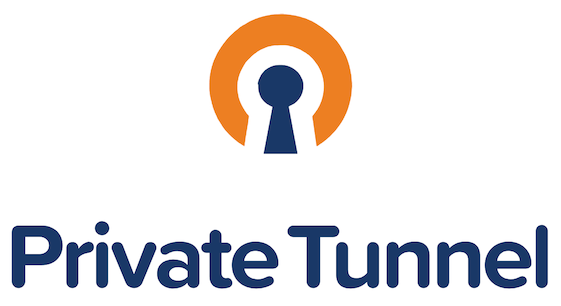The Growing Demand for Caretaker at Home Services in Modern Families
This blog explores the factors contributing to the growing demand for home caretakers and highlights the advantages of this approach to elderly care.

As the population ages, the demand for caretaker at home services has surged dramatically. Families are increasingly recognizing the benefits of in-home care as a viable alternative to traditional nursing homes or assisted living facilities.
1. Aging Population
Demographic Shifts:
- The global population is aging rapidly, with millions of baby boomers entering their senior years. According to the U.S. Census Bureau, by 2030, all baby boomers will be over 65, significantly increasing the number of seniors requiring care.
- This demographic shift is driving demand for various care services, particularly in-home care, as families seek to provide their loved ones with personalized support.
Desire for Independence:
- Many seniors prefer to age in place rather than move to institutional settings. In-home care allows them to maintain their independence and stay in familiar surroundings, which can enhance their overall well-being.
2. Increased Awareness of Home Care Benefits
Personalized Care:
- Families are becoming more aware of the advantages of personalized care that home caretakers provide. Unlike assisted living facilities, where care can be generalized, in-home caregivers offer tailored support that meets the unique needs of each individual.
- This customization fosters a sense of comfort and security for seniors, as they receive care that aligns with their preferences and routines.
Companionship and Emotional Support:
- The emotional benefits of having a caretaker at home are significant. Caretakers not only assist with daily activities but also provide companionship, helping to combat loneliness and isolation that many seniors experience.
- As families recognize the importance of emotional well-being, they are increasingly turning to home care services that prioritize social interaction and companionship.
3. Advances in Technology
Telehealth Services:
- Advances in telehealth technology have made it easier for caretakers to manage medical needs from home. Virtual doctor visits and remote monitoring tools allow seniors to receive medical attention without the need for travel.
- This integration of technology into home care services enhances the overall quality of care while providing families with peace of mind.
Home Monitoring Systems:
- Smart home technologies, such as fall detection systems and emergency response devices, have improved safety for seniors living at home. Caretakers can leverage these tools to monitor their clients’ well-being more effectively.
- These innovations contribute to a growing sense of confidence among families considering in-home care options.
4. Cost Considerations
Affordability Compared to Institutional Care:
- In many cases, hiring a caretaker at home can be more cost-effective than placing a loved one in an assisted living facility or nursing home. Families are increasingly aware of this financial advantage.
- With flexible scheduling options and varying levels of care available, families can tailor services to fit their budgets while still providing quality support.
Insurance Coverage:
- As awareness of home care benefits grows, so does interest in insurance policies that cover in-home care services. Long-term care insurance policies are becoming more common, allowing families to plan financially for their loved ones' future needs.
5. Family Dynamics and Support
Increased Family Involvement:
- Modern families often juggle multiple responsibilities, including work and childcare. Hiring a caretaker allows family members to remain involved in their loved one’s life without bearing the full burden of caregiving.
- This collaborative approach helps maintain family relationships while ensuring that seniors receive the support they need.
Cultural Shifts:
- There is a growing cultural acceptance of seeking external help for caregiving responsibilities. Families are recognizing that hiring professional caretakers does not diminish their love or commitment; rather, it enhances the overall quality of care provided.
Conclusion
The demand for caretaker at home services is on the rise due to several factors, including an aging population, increased awareness of the benefits of personalized care, advances in technology, cost considerations, and evolving family dynamics. As families seek ways to support their elderly loved ones while maintaining independence and dignity, in-home care emerges as a compelling option.By integrating services like doctor home visits into a senior’s care plan, families can ensure that their loved ones receive timely medical attention without the stress associated with travel. Ultimately, embracing caretaker at home services not only improves the quality of life for seniors but also fosters stronger family bonds as they navigate the challenges of aging together.
What's Your Reaction?





















